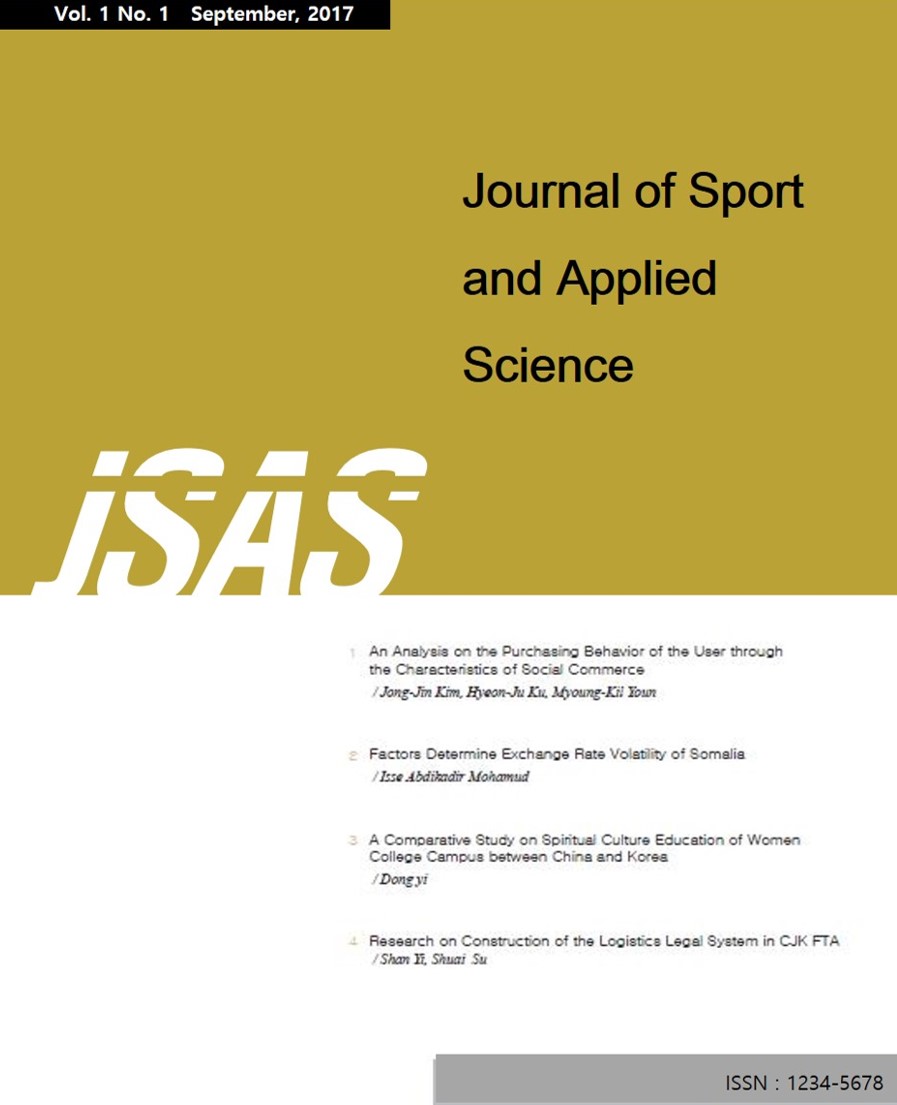 E-ISSN : 2586-6028
E-ISSN : 2586-6028
Dong Geun, LEE
Hyuk Jin, LEE
Abstract
Purpose: This paper analyzed the features of Winter Olympics mascots in chronological order by examining the evolution of mascots and presented the attributes of the Winter Olympics mascots from Innsbruck 1976 to Beijing 2022. Research design, data, and methodology: This paper conducted an exploratory study on the thinking to understand the characteristics of 13 Winter Olympics Mascots through literature review. Results: First, the mascot is a fictional character, usually an artificial character that represents the locality of the host city, including animals, human figures, and local inhabitants. Second, Schneemann, Innsbruck 1976 was known as the first official Winter Olympics mascot. Third, 19 mascots out of a total of 24 mascots were created using animals. Conclusions: The six attributes of the Winter Olympics mascots were identified: friendliness, symbolic meaning, originality, diversity, value, and identity of a special location. Above all, Winter Olympics has a locality that includes areas covered with ice and snow. From this point of view, the Olympics mascot highlights the image of snow and ice and the physical environment that includes it.
- keywords
- Mascot, Winter Olympics, Olympic Mascot, Character, The Host City
- Downloaded
- Viewed
- 0KCI Citations
- 0WOS Citations













